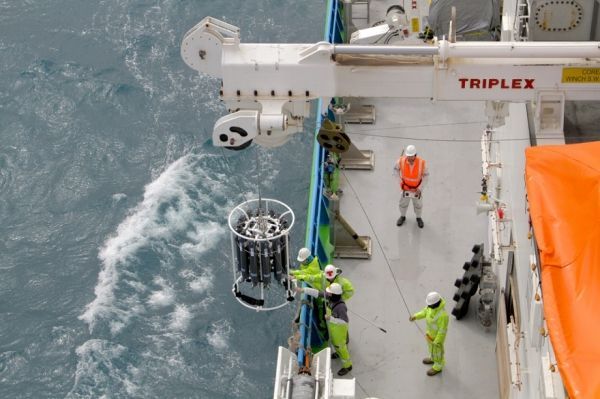Half of the marine life in the world’s oceans depends on the enrichment of phytoplankton by dissolved iron, just as plants at the base of the food chain on land need nutrients to help them grow. However, knowledge of the processes by which iron, used by the phytoplankton, is resupplied to the marine environment and distributed in the deep ocean is limited due to sparse data.
A new IMAS-led study published in the journal Nature Geoscience has for the first time conducted in situ observations of bacterial iron regeneration in the mesopelagic zone - the twilight zone where light does not penetrate - from the Southern Ocean and the Mediterranean Sea.
Lead author Dr Matthieu Bressac said the research found that iron from organic sources dissolves up to 100 times more efficiently in cold Subantarctic water than iron in dust blown from the desert in warmer Mediterranean waters.
“Iron is critical for phytoplankton at the base of the marine food chain and therefore for the productivity of life in the ocean,” Dr Bressac said.
Continue reading at Institute for Marine & Antarctic Studies (IMAS)
Image via Institute for Marine & Antarctic Studies (IMAS)


